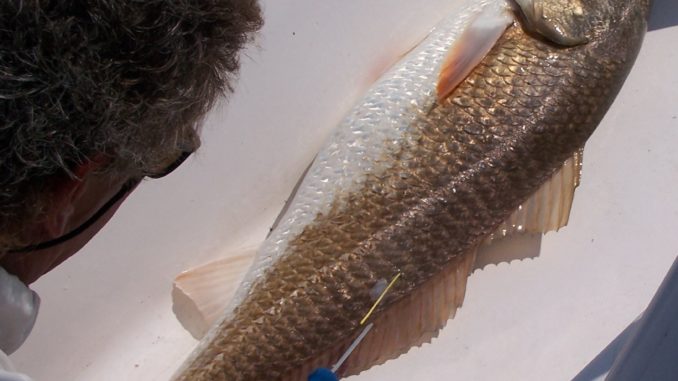
The S.C. Department of Natural Resources’ Marine Resources division has relaunched its volunteer tagging program with the hope of introducing a new generation of anglers to tagging and releasing marine gamefish.
Anglers who wish to participate in the tagging program must have a South Carolina saltwater recreational fishing license and have purchased the appropriate tag gun used for inserting tags into select marine gamefish.
“I have always been amazed at the dedication of our recreational anglers towards conservation, and the seemingly never ending popularity of tagging and releasing fish as a way to promote catch and release is a testament to that dedication,” said Robert Wiggers, an SCDNR biologist who administers the tagging program.
The program has been credited as being a driving force behind fisheries conservation by providing tangible evidence of the benefits of catch-and-release. Short- and long-term recoveries of tagged fish demonstrate that a released fish can be caught again. Also, information obtained through the tagging program has enabled biologists to better understand marine fishery resources.
The population of adult red drum is monitored by a tag-and-release study program. Biologists depend on anglers and independent research data for this study. The reporting of tagged adult red drum is critical to this project. Anglers are asked to record the tag number, date, location, length, condition of the fish, and submit this information to the SCDNR.





Be the first to comment